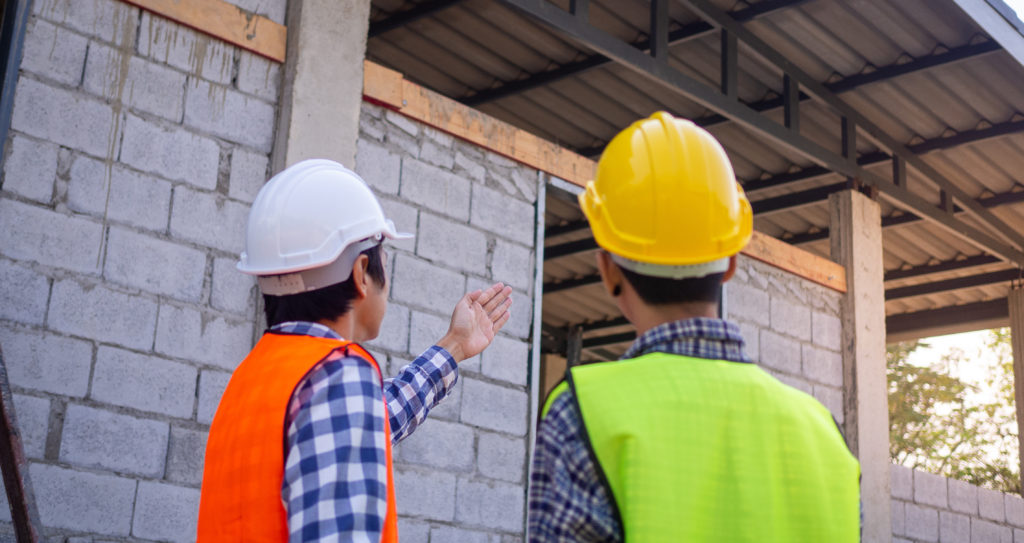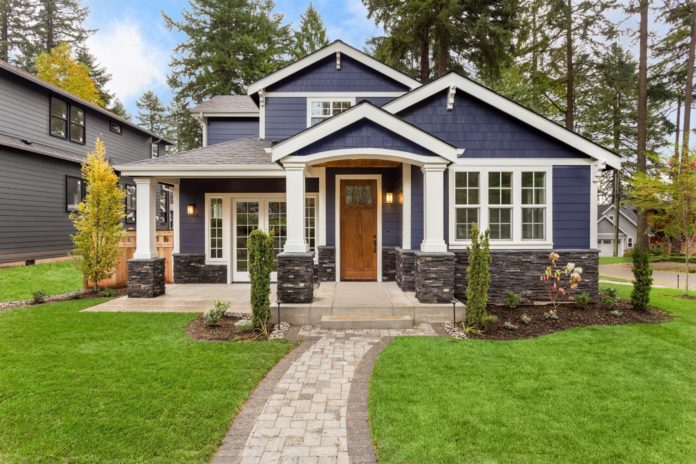Most people prefer newly constructed homes to old homes, not knowing that brand-new homes can have quality issues. This is usually because they want to live in a place with a unique or refreshing design and avoid repair costs of an old property. However, new construction home defects are actually more common than in an old home.
Working with various contractors may lead to neglect or missing elements that may worsen later on, such as insufficient wiring, incorrectly applied siding, and lack of garage insulation. So, it will be worth hiring a certified inspector who will carry out a home inspection process before you close the deal and move in. Read on to learn about common issues among newly constructed homes.
- Cracks In Concrete
Shrinkage cracks may develop when the concrete is mixed with too much water. This kind of issue isn’t noticeable right away, though. It can take up to a month or two for it to show.
Cracks in concrete are a major concern because they allow water to trickle into the cement. When the water freezes, the gaps widen and cause sagging and heaving. That’s why it’s important to seal the cracks found in driveways and walkways.
Another issue these holes can bring is unwanted visitors such as insects and rodents infesting your living area. In these cases, lots of homeowners tend to view this pest control company and see what solutions to apply when facing such a situation. For example, experts suggest that you spray pest repellants in various areas of your home for the best results. Additionally, you’ll also want to seal any cracks around your windows, doors, and other points of entry.
- Wood Flooring Issues
If flooring isn’t properly installed, gaps in flooring material are bound to form. But another factor that leads to this problem is moisture fluctuations indoors. This issue usually occurs in areas with a dryer climate and high fluctuation of humidity.
Construction workers may have installed wood flooring without waiting for it to adjust to the climate because of their tight schedule. As a result, the wood expands and contracts.
Unfortunately, wood flooring issues can be challenging to fix afterward. That’s why it’s best to know which type of flooring suits the home before making your decision.
- Painting Issues
Painting issues, which may be caused by a contractor’s neglect or busy schedule, are the most common defects in newly constructed homes. You might find other parts of the property that aren’t fully painted, such as the kitchen, bathroom, basement, and utility closet.
- Plumbing Issues
Most newly constructed homes have plumbing issues because the pipes have never been used. Unless your constructor has hired a professional plumber to fix the lines, your pipes might be installed improperly and could cause a lot of damage to your home. You’ll need to have an experienced plumber who can check the pipelines during a home inspection to ensure proper installation.
- Dirty Duct Systems
Dirty duct systems are also common in newly constructed homes. During construction, a lot of dust and debris enter the duct system and break the HVAC system if it’s not cleared. The floor registers should be covered during construction, but more often than not, covers are usually installed improperly and damaged. This is why registers contain a lot of wood pieces and sawdust. You can call in a duct cleaning professional to address the problem.
- Nail Pops
Contractors use nails to fix most fixtures, like the doors, wall art, drawers, windows, kitchen tables, and so on. However, nail pops, which are small circles caused by nails on the walls and usually found close to the corner of the wall or ceiling, may occur. They’re a sign of a defect or structural movements in the roof.
They mainly form because of cracks in the walls that can make a drywall nail stick out. The contraction of lumber can make the head of a drywall nail loosen the finishing compound and drive it out of the wall.
Fixing nail pops is simple, though. You just need to use a punch to push the nail back into the wall and then apply a new finishing compound, sand, and repaint.

- Grading And Drainage Issues
Your home needs a proper drainage system that lets the water flow from your property. Gutters should also lead water away from your foundation. Without a good drainage system, water that seeps into your home will freeze and cause cracks in the foundation.
However, new grading tends to be the cause of moisture in crawl spaces and basements. Wood, metal, vinyl siding should be installed a minimum of six inches above soil level, and a slope should be included to direct water about four inches away from the property.
But even if grading is placed correctly, the home needs a couple of years to settle a bit. In that case, you can add more dirt around the foundation of your home to keep drainage going. If you don’t do this, you’ll have a wet basement.
- Door And Window Problems
Doors and windows can be installed in a hurry, leaving small gaps that might cause difficulties in closing and opening. This problem can lead to costly replacements or repairs and other issues, such as broken glasses, crooked wood, faulty latches, and drafts.
- Humidity
Moisture from the lumber in the truss, as well as the whole frame, may form on the inside of the windows. Doors, windows, and walls that have insufficient insulation are cool surfaces during winter whereas uninsulated cold-water pipes are cold surfaces during summer.
Water droplets that accumulate on cool surfaces can flow down the walls and seep into different structural parts of the home, resulting in mold and mildew and rot.
Conclusion
Just because a home is newly built doesn’t mean there won’t be any problems. Consider hiring a qualified inspector, so you can make sure that you’re making a smart investment.


